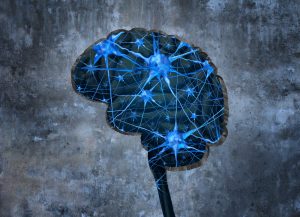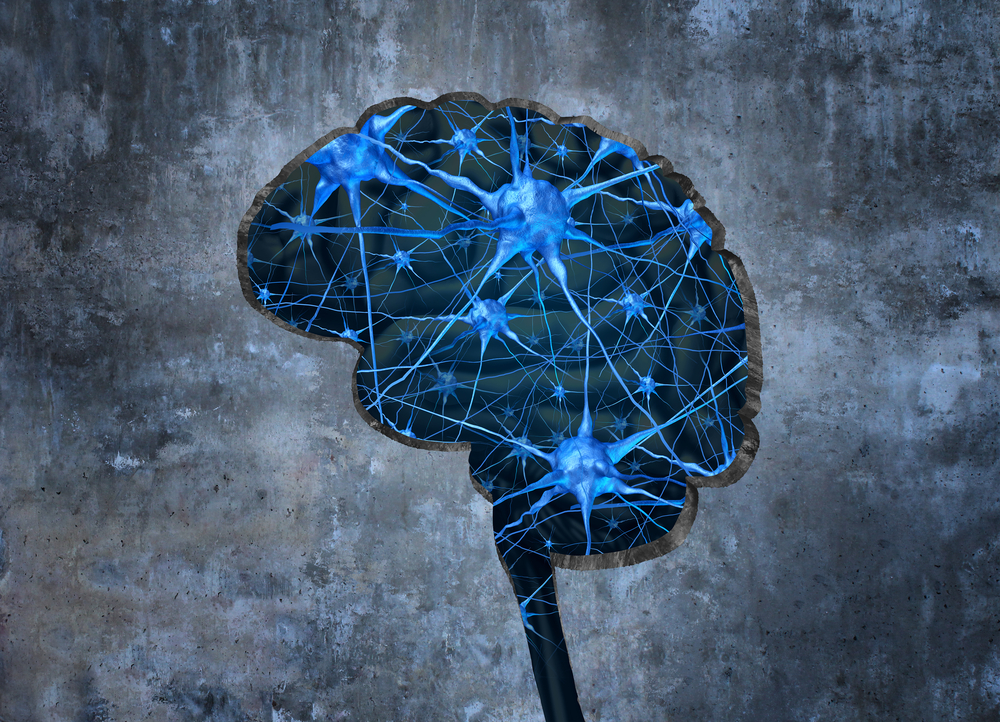 Although there is now a substantial research literature documenting the presence of auditory and motion processing differences among children and adults with dyslexia, for the first time that we know of, a research group is studying whether these differences can function as a non-reading test of dyslexia.
Although there is now a substantial research literature documenting the presence of auditory and motion processing differences among children and adults with dyslexia, for the first time that we know of, a research group is studying whether these differences can function as a non-reading test of dyslexia.
From Horizon magazine:
“Dr Bourguignon and his colleagues want to see if measuring kids’ brain activity when they try to process sounds in a noisy environment could help diagnose dyslexia earlier, as part of a project called DysTrack. Children with dyslexia are thought to have difficulty reading because they have trouble recognising sounds – a problem that becomes more pronounced when they listen to speech in noisy environments compared to people who don’t have the disorder.
‘If their ability to understand speech in noise is too low, that could be a sign that they are at risk of developing dyslexia,’ said Dr Bourguignon.
So far, tests with about 100 children who don’t have dyslexia have confirmed that there is a correlation between reading skills and the ability to perceive speech when there is noise. The team is now starting to analyse data from dyslexic children. Preliminary results suggest that some aspects of their brain activity are strongly linked to understanding words in noisy environments.”
Research like this is always welcome because the difficulty with noise impacts student learning as well as workplace efficiency. Tests like this could potentially be helpful also in standardized test situations – for instance helpful to secure much-needed accommodations like quiet rooms.















